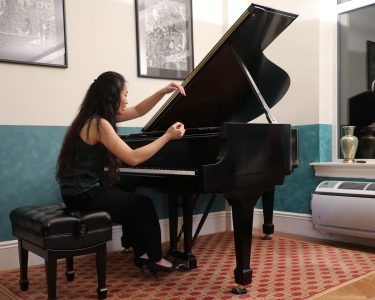 Wynona Yinuo Wang
Wynona Yinuo Wang
On November 6th 2021, pianist Yinuo (Wynona) Wang entered the Shoemaker Salon with a light step and a radiant smile. A Juillard student with promising credentials, she seemed energized by this intimate setting.
Mozart: Sonata No. 13 in B-Flat Major K 333
This sonata opens with a charming allegro, crisply articulated by Ms. Wang. In subsequent movements Wynona surprised us with her lyrical flair and Beethoven-sized passion. Her Mozart appetizer became part of the main course, and we loved it.
Rachmaninoff: Prelude in F-Sharp Minor Op. 23 No. 1
The dark, F-Sharp Minor Prelude’s drifting melody and textured chromatic waves tug at our deepest emotions. In a scant few minutes, Ms. Wang’s heartfelt performance filled the salon with somber and yet ethereal yearning.
Rachmaninoff: Daisies Op. 38 No. 2
Rachmaninoff wrote his Daises song in Russia in 1916. Later, after moving to America to escape the Russian Revolution, he transcribed it for piano. In Ms. Wang’s program, Daises served as a breathing space between his massive preludes.
Rachmanin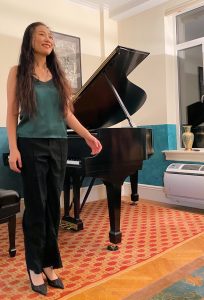 off: Prelude in B Minor Op. 32 No. 10
off: Prelude in B Minor Op. 32 No. 10
Ms. Wang told us that this prelude (inspired by 1887 painting The Homecoming) was Rachmaninoff’s favorite. And it is also a Roving Pianist favorite. This quintessentially Russian work is among Rachmaninoff’s most satisfying, and Wynona Wang’s performance was moving and authentic. I loved how she stretched the harmonics of the Steinway’s deep bass in the closing moments.
Rachmaninoff: Prelude in G-Flat Major Op. 23 No. 10
The G-flat Prelude is gentle and luxuriously atmospheric. Wynona’s nuanced dynamics and clarity of voicing created some of the most sublime moments of the evening. As one guest commented afterwards, everyone in the room was connected through the spiritual beauty of Ms. Wang’s interpretation.
Rachmaninoff: Études-Tableaux Op. 39 Nos. 8 and 9
These are not my favorite Études-Tableaux, but they were well-executed. The first (Op. 39 No. 8 in D Minor) was a rolling, deliriously ecstatic clangor. The second (Op. 39 No. 9 in D Major) felt somewhat cluttered.
Schumann: Sonata No. 1 in F-Sharp Minor Op. 11
Wynona Wang owned Schumann’s sonata from its opening motifs, through romantic interludes, fugue-like diversions and seemingly endless clattering repetitions. While Schumann can feel clumsy in the wrong hands, Ms. Wang’s artful presentation showcased this lengthy, challenging Sonata at its best.
Meeting Wynona
At the piano, Wynona Wang vanished into her performance. But in person, Wynona Wang was engagingly present and effusive. She knows that she’s good, and basked happily in our admiration. In a few years, we could be standing in line for her autograph.
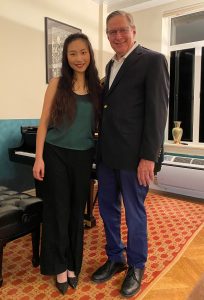

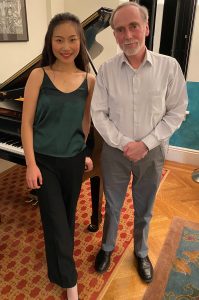
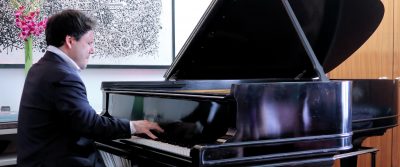
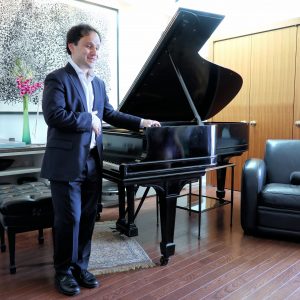
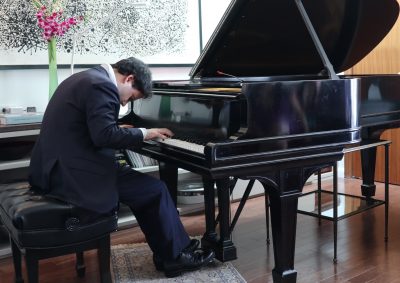
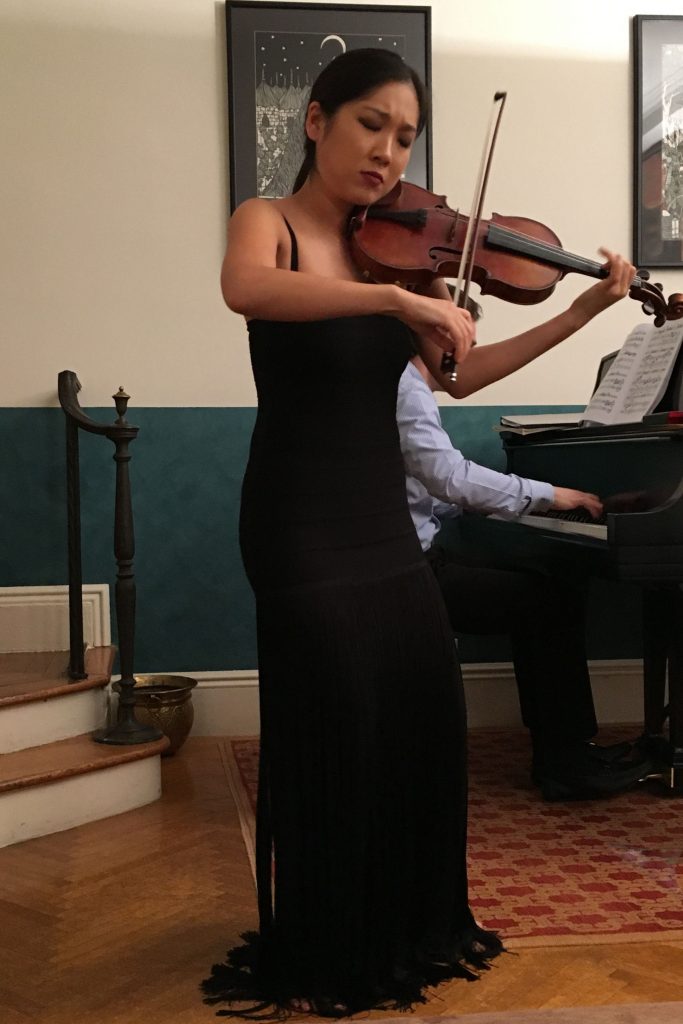
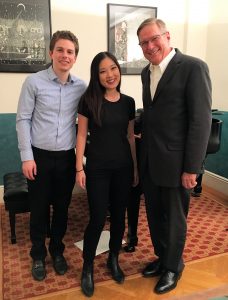
You must be logged in to post a comment.